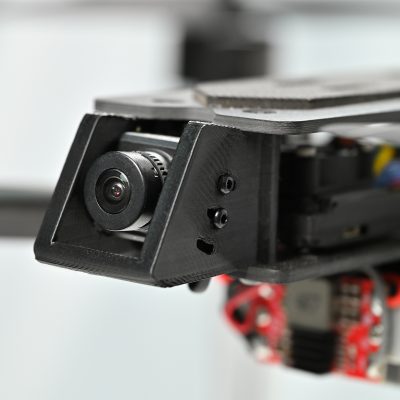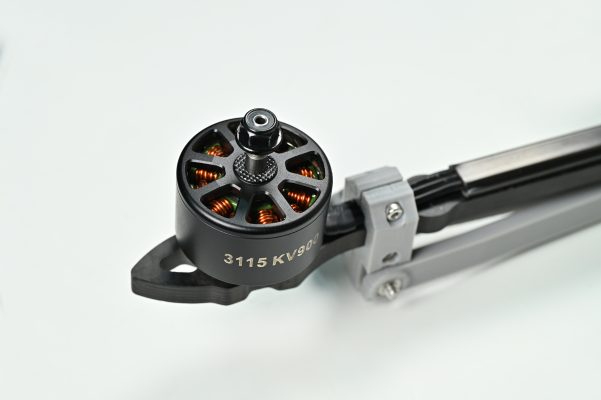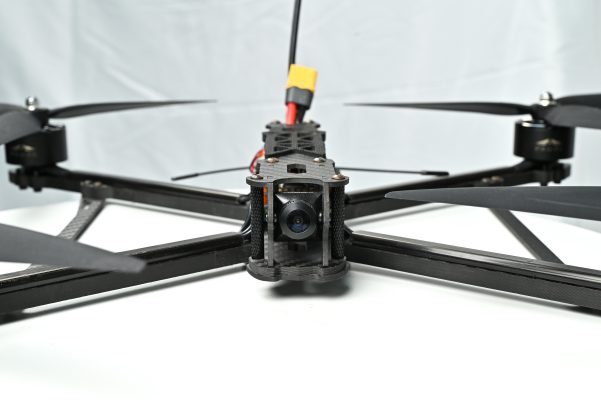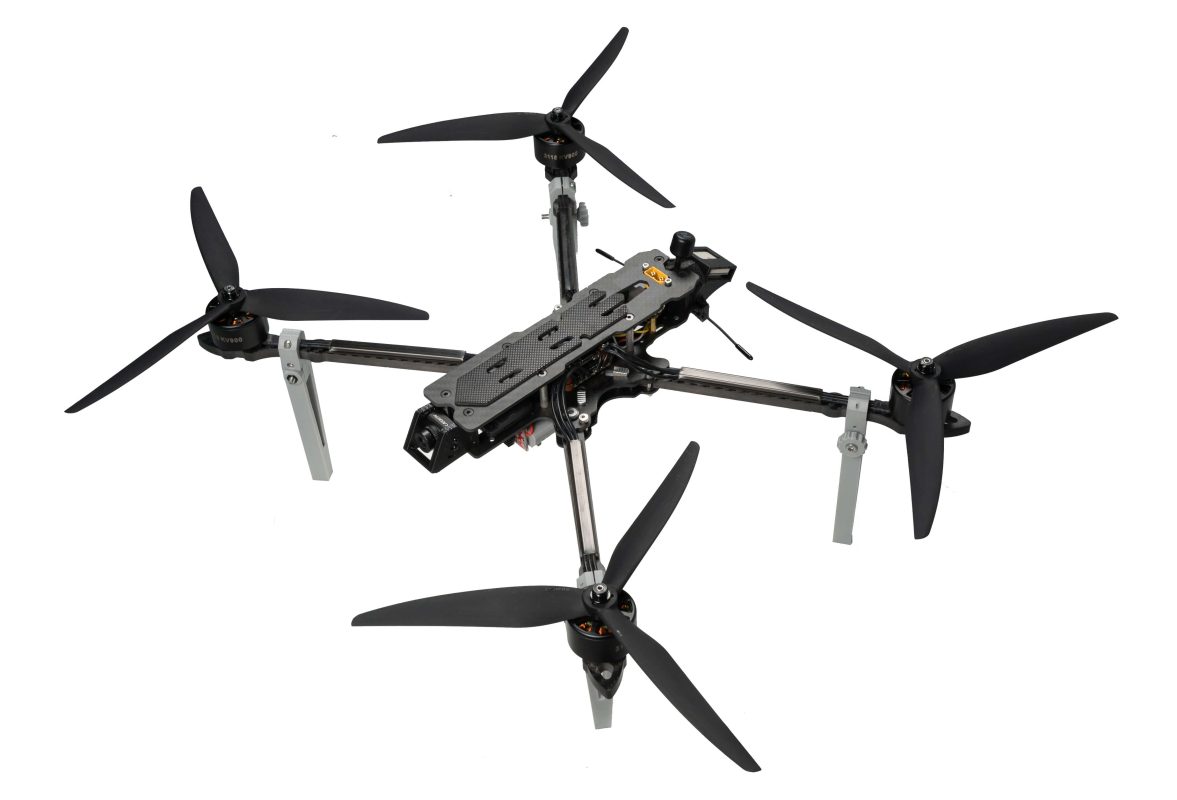Blog
Top 5 FPV Drone Mistakes Beginners Make (And How to Avoid Them)
Intro: Fly Smarter from Day One
FPV drones are thrilling, but they come with a learning curve. Many new pilots crash, burn gear, or give up — not because FPV is hard, but because they make avoidable mistakes. At FD (FPV Drones), we want to help beginners fly safer, smarter, and longer. Here are the top 5 mistakes first-time pilots make — and how to fix them.

1. Skipping the Simulator
Many beginners rush to fly their first real drone without any practice. The result? Crashes, broken frames, and frustration.
Solution:
Start with a simulator like Liftoff, DRL Simulator, or Velocidrone. These tools simulate real flight physics, teach control orientation, and help you build muscle memory — no cost of repairs.
2. Flying Without Proper Setup Checks
Loose props, misconfigured receivers, or reversed flight modes can lead to instant crashes or flyaways.
Solution:
Always check prop direction, transmitter settings, fail-safe functions, and GPS lock (if used). Use Betaflight to configure flight modes properly. At FD, we pre-check all drones before shipping and include setup guides for every model.

3. Starting with the Wrong Gear
Some pilots buy high-speed racing quads or DIY kits right away, thinking they’re saving money. Often, this makes learning harder.
Solution:
Start with an RTF (Ready-to-Fly) or BNF (Bind-and-Fly) setup that’s beginner-friendly. FD offers curated beginner kits that include drones, goggles, and transmitters with compatible settings — no soldering or tuning needed.
4. Ignoring Battery Safety and Limits
FPV batteries (LiPo) are powerful but dangerous if mishandled. Over-discharging, overcharging, or poor storage can lead to puffing or even fire.
Solution:
Use a balance charger, monitor battery voltage, and stop flying around 3.5V per cell. Store batteries at 3.8V in a fireproof bag. FD includes battery safety tips with all our drone packages.
5. Flying Without Understanding Local Regulations
In many countries, flying FPV drones requires line-of-sight, registration, or safety spotters. Ignoring these rules could lead to fines or confiscation.
Solution:
Check your local aviation authority’s drone laws. Register your drone if required and consider getting insurance. FD also shares regulation summaries for major markets like the US, UK, EU, and Japan.
Conclusion: Learn Fast, Fly Safe
Every FPV pilot crashes. What matters is how you prepare, recover, and improve. Avoiding beginner mistakes means more flying, less fixing. At FD, we support new pilots with tailored gear, safety tips, and responsive customer service. Start strong — and enjoy every flight.



